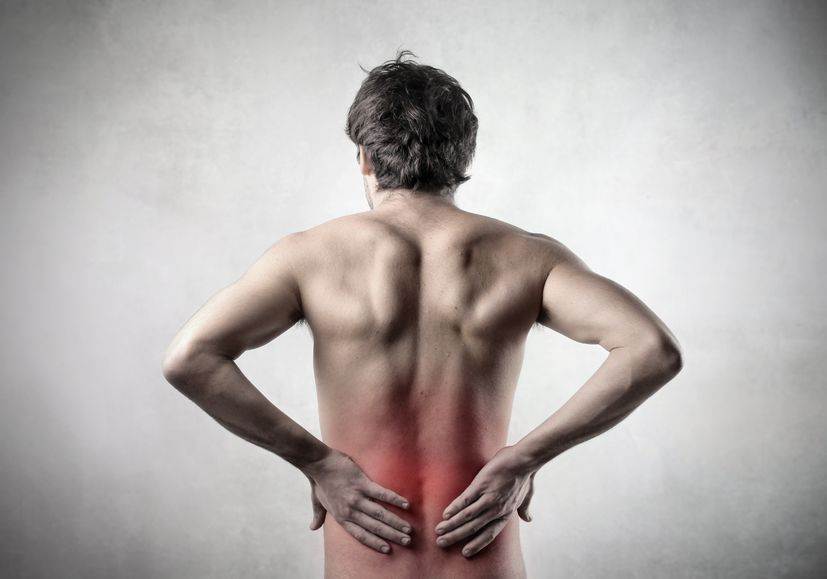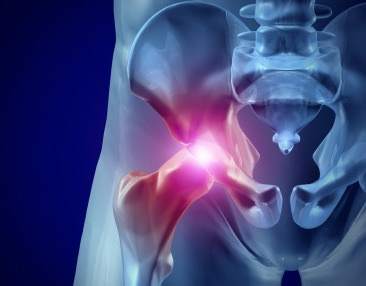4 Exercises For Lumbar Facet Irritation: Lumbar Facet Syndrome
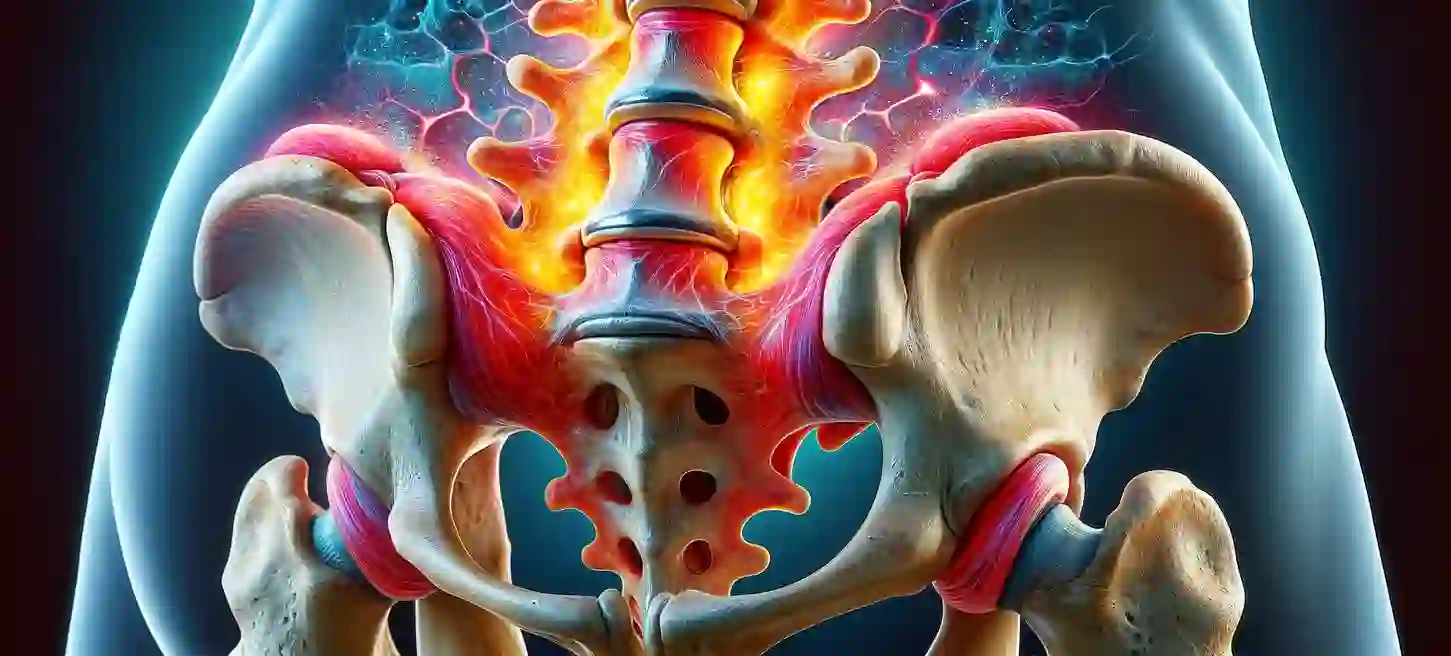
Sharp pain in your lower back the size of a golf ball? Does bending forward or sideways make it scream? Backward bend feeling stiff? These could be clues to Lumbar Facet Irritation.
Join me in this edition of Bodi Empowerment as we unlock the secrets of the facets: what they are, how they can get irritated, and most importantly, exercises to conquer that pain! Let’s move towards a pain-free you, together.
What’s A Facet?
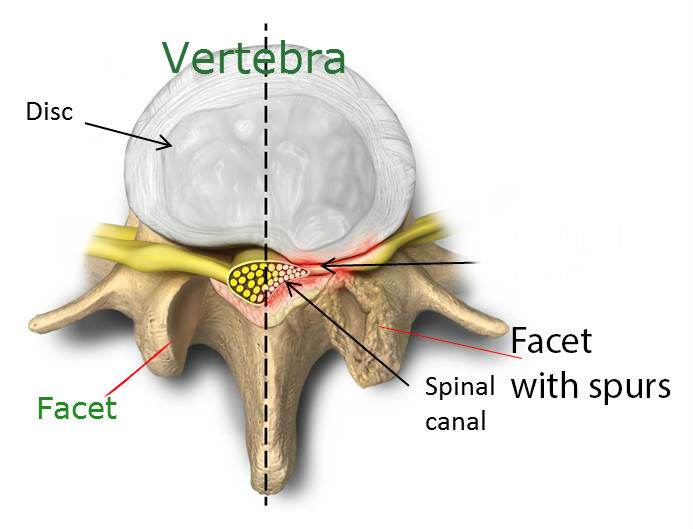
Your Lower Back: A Tower of Movement
Your lower back isn’t just five stacked bones! Think of it as a tower with special features to bend and twist freely. Here’s the breakdown:
See Also: Best Exercises For Disc Herniations
- Blocks: Five vertebrae form the “blocks” of your tower, giving it structure.
- Cushions: Between each block, squishy discs act like shock absorbers, protecting the bony bits.
- Smooth Rails: At the back, you have two “smooth rails” called facets. These let your spine glide when you bend and twist.
- Special Lubricant: Just like oil keeps your car running smoothly, special fluid in the facets (like the knee or shoulder!) keeps them gliding effortlessly.

Symptoms of Lumbar Facet Irritation
- Pain in the lower back at the facet joint that is affected, about the size of a golf ball
- Muscle guarding or tightness and tenderness when the area is pressed.
- Pain in the hip, buttock and back when lifting your extended leg.
- Walking for long periods causes pain.
- Bending backwards is often more painful than bending forwards.
- Painful when bending sideways.
- Pain can refer down to the knee
See Also: Best Exercises For Degenerative Disc Disease
Earlier, we mentioned the intricate relationship between discs and facets, forming a tripod-like structure. Any changes in the disc, like degenerative disease or herniations, can alter the way your facets move, impacting each other in a domino effect. Let’s explore the common suspects:
See Also: MRI, CAT Scans and X-rays
Why You Have Lumbar Facet Irritation
1. Time Marches On:
Disc degeneration due to age and lack of direct blood flow (after 20, your discs lose pressure-absorbing capabilities) can put added strain on the facet joints, leading to excessive wear and tear, like sandpaper rubbing wood. This progressive breakdown is referred to as osteoarthritis.
2. Trauma’s Impact:
Excessive twisting, extension, or flexion of your spine, whether through work or sports, can trigger degenerative changes in the facet cartilage. This, in turn, fuels further disc wear and tear, creating a vicious cycle in your lower back.
3. Arthritis at Play:
Arthritis conditions like rheumatoid arthritis can wreak havoc on the facet joints, causing inflammation, pain, and ultimately, joint damage.
4. Surgical Intervention:
Fusion surgery for disc herniations, while intended to solve one problem, may inadvertently accelerate degeneration or osteoarthritis in the facets within a decade. With one less set of vertebrae contributing to the movement, the remaining vertebrae have to shoulder the additional work, leading to potential degeneration and osteoarthritis in adjacent areas, discs, and facets.
5. The Genetic Link:
Some individuals are simply predisposed to developing osteoarthritis in the spine, a condition often passed down through generations. However, it’s important to remember that not everyone with osteoarthritis experiences pain. X-rays might reveal osteoarthritis in many people over 50, but only a portion experienced lower back pain at that time.
The Culprit Revealed: Lumbar Facet Syndrome:
When degeneration, also known as osteoarthritis, affects your disc, you might develop lumbar facet syndrome, a painful irritation of the facet joints in your lower spine. As cartilage thins or vanishes, facet movement is altered. To compensate and stabilize the area, your body forms bone spurs, leading to joint enlargement.
While X-rays mainly visualize bones and not soft tissue, they can’t definitively diagnose lumbar facet syndrome. However, they can assess the level of degeneration in the facets and disc height.
Exercises For Lumbar Facet Irritation
#1 Pelvic Tilt While Lying Down
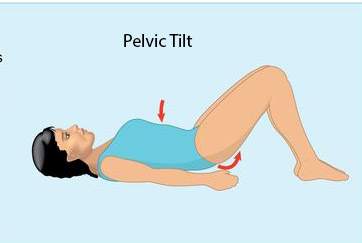
- While sitting in a chair put your hand in the arch of your lower back.
- Push into your hand by pulling your tummy in, and pulling your buttock up slightly for a count of 10 seconds at first.
- Gradually increase the count to one minute.
#2 Stretch Your Low Back
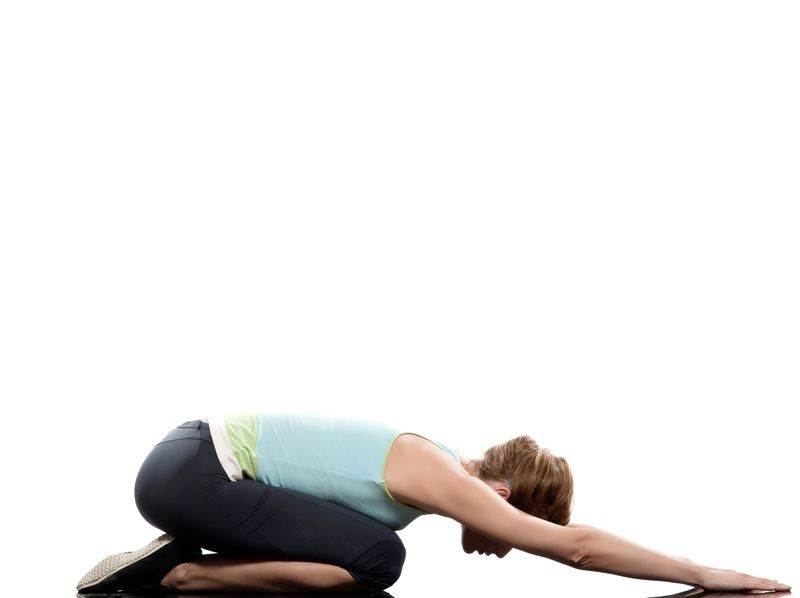
- Get on your hands and knees.
- Sit back onto your heels with your arms reaching out as far as they will go.
- Your head is looking down – neck down.
- Hold for 30 seconds – do 3 sets.
#3 Give your spine more mobility
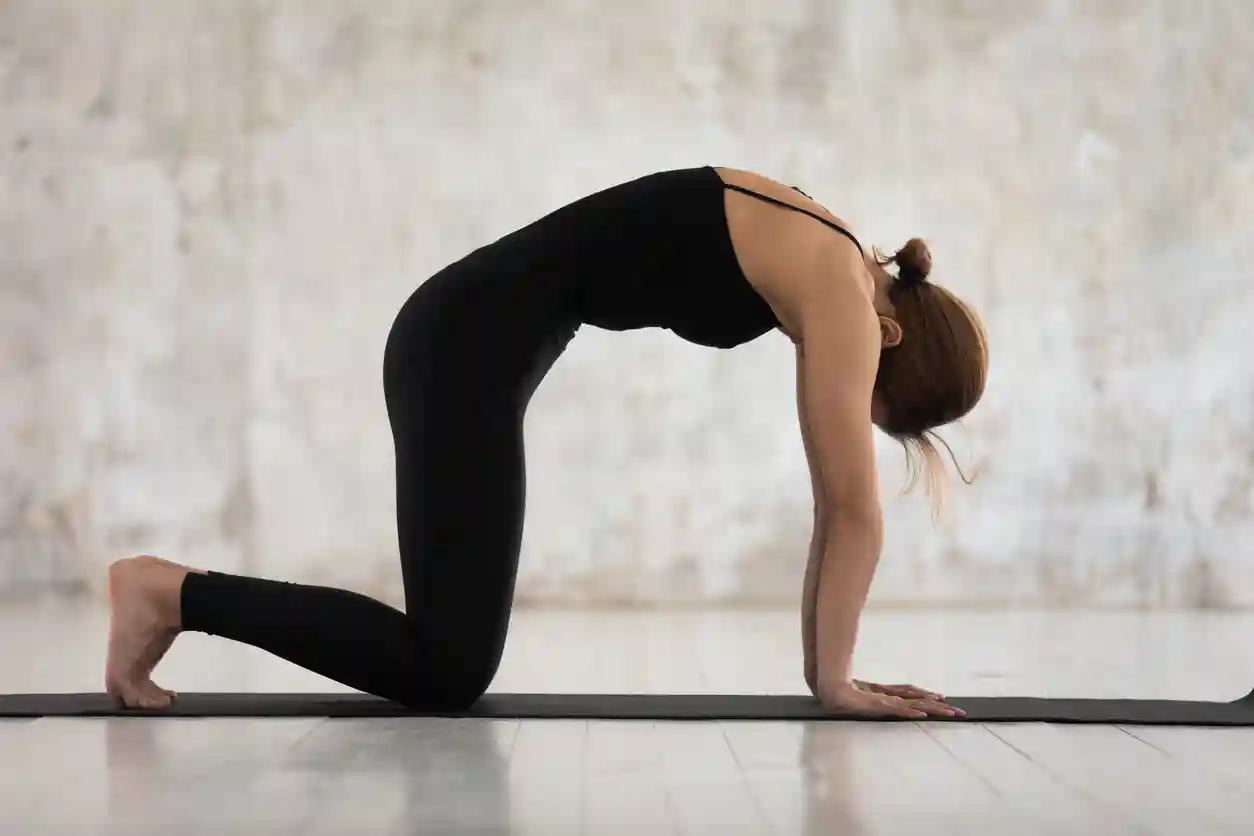
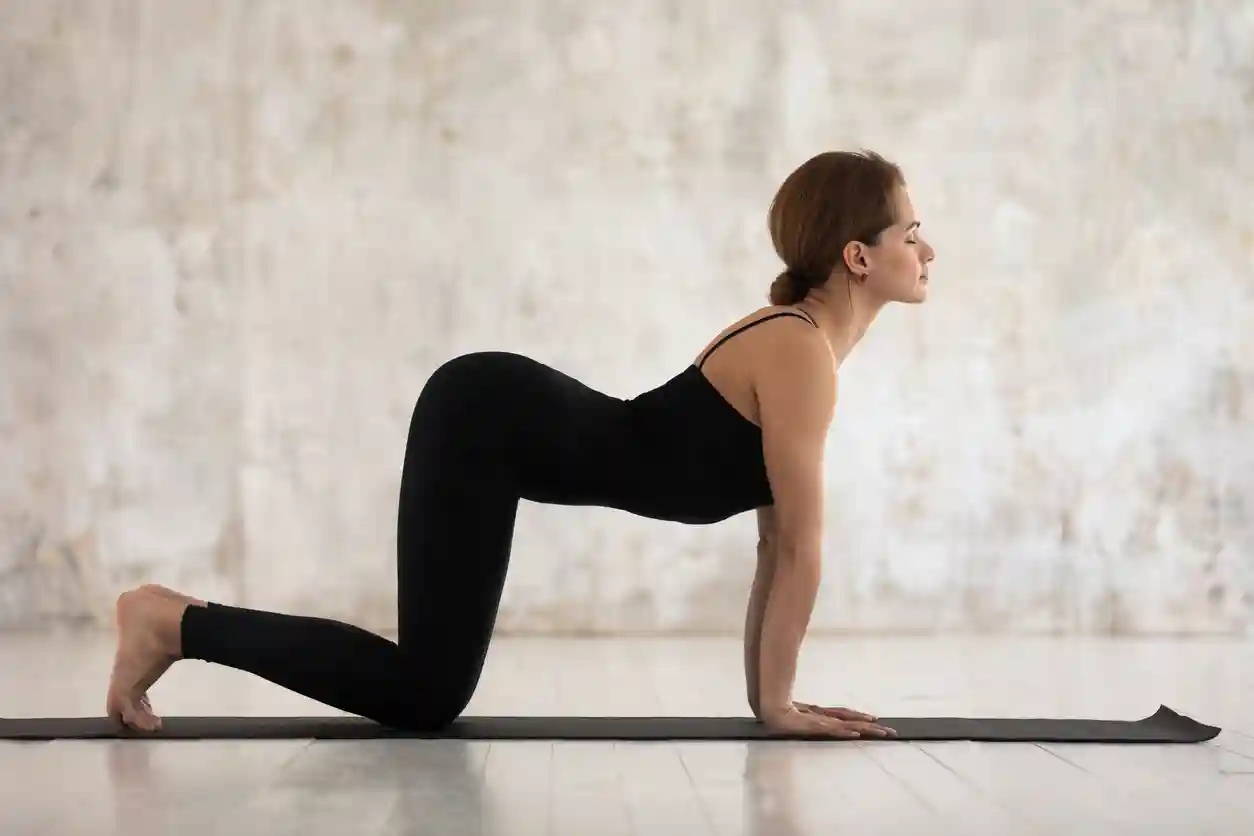
The Cat-Camel exercise, also known as the Cat-Cow stretch in some practices, is a gentle flow between two positions that warms up the spine and prepares the body for activity. It’s often included in yoga routines but is also a common physical therapy and general exercise for improving flexibility and core strength. Here’s how to perform it:
Starting Position
- Begin on your hands and knees in a tabletop position. Make sure your knees are set directly below your hips and your wrists, elbows, and shoulders are in line and perpendicular to the floor. Centre your head in a neutral position, eyes looking at the floor.
Cat Pose
- Exhale and arch your spine towards the ceiling, rounding your back like a cat. Tuck your chin towards your chest, and hold this position for a few seconds. This part of the exercise stretches the muscles of your back and neck.
Camel (Cow) Pose
- Inhale and lift your head and tailbone towards the ceiling, letting your belly sink towards the floor. This will create a gentle dip in your lower back. Lift your head to look straight ahead or slightly upwards, but be careful not to strain your neck. This part of the exercise stretches the front of your body and helps in increasing the flexibility of your spine.
Flow Between Poses
- Continue flowing smoothly between the Cat and Camel (Cow) poses, exhaling as you round your spine and inhaling as you arch it. Perform this sequence for 1-2 minutes, moving at the pace of your breath.
Standing toe touch:
Stand tall, feet hip-width apart, keep back straight. Hinge at hips, reach for toes (or as far as comfy), hold 20-30 seconds, slowly roll back up. Focus on lengthening spine, not rounding back. Modify with bent knees or strap if needed.
Remember, gentle stretches, no pain.
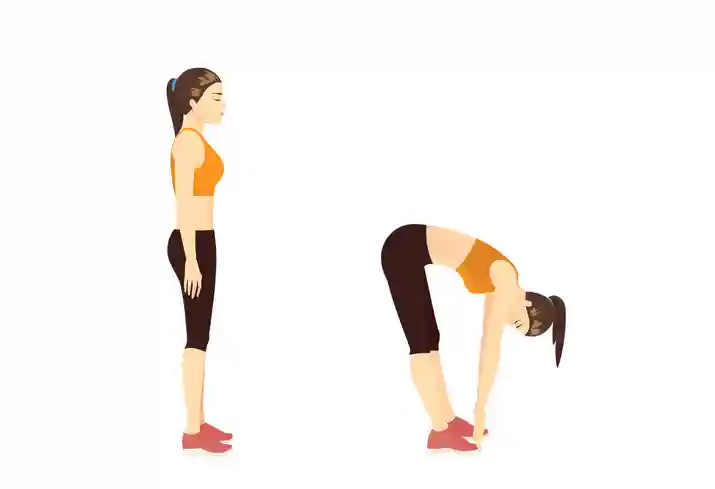
Feel free to share your questions, thoughts and experiences in the comments below, and don’t forget to connect with us on Facebook for more updates and tips on improving your shoulder health. We’d love to hear your opinions on who you consider the best Toronto chiropractor.
References:
- SCHÜTZ U. et al, Diagnostic Value of Lumbar Facet Joint Injection: A Prospective Triple Cross-Over Study, PLoS One. 2011; 6(11): e27991. (Level of evidence: 1B)
- Neck pain due to cervical facet joint involvement is known as cervical facet syndrome and low back pain due to lumbar facet joint involvement is known as lumbar facet syndrome.
- Marc Safran, James E. Zachazewski, David A. Stone “Instructions for Sports Medicine Patients”, p362 (Level of evidence: 5)





